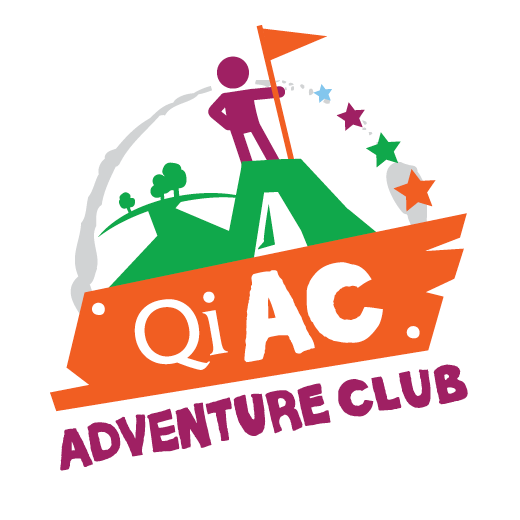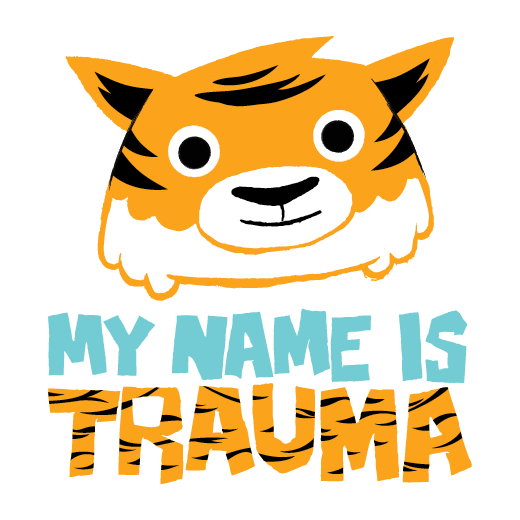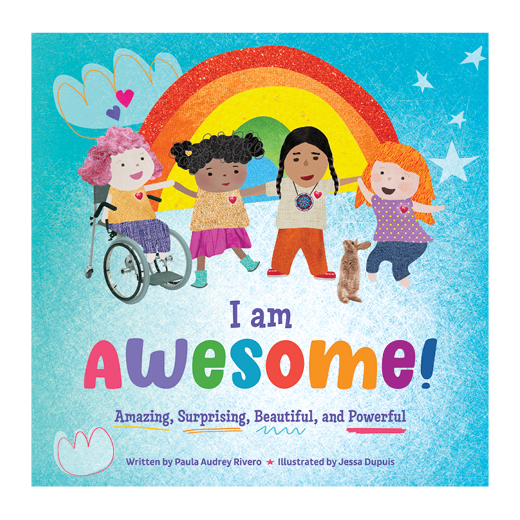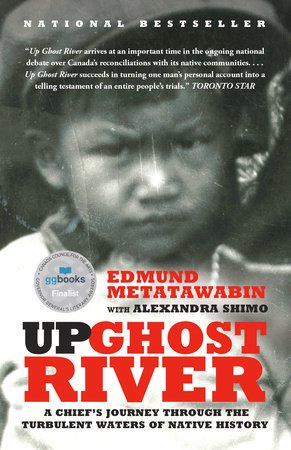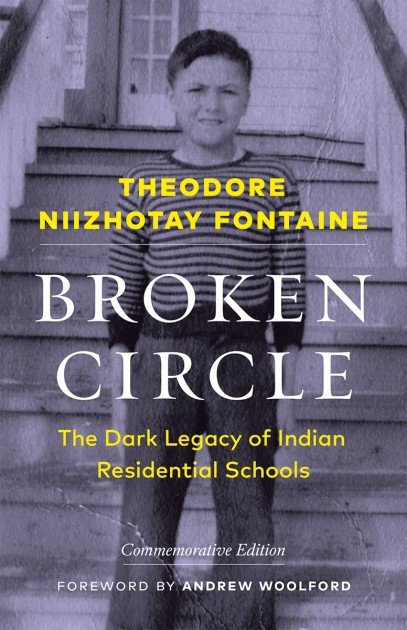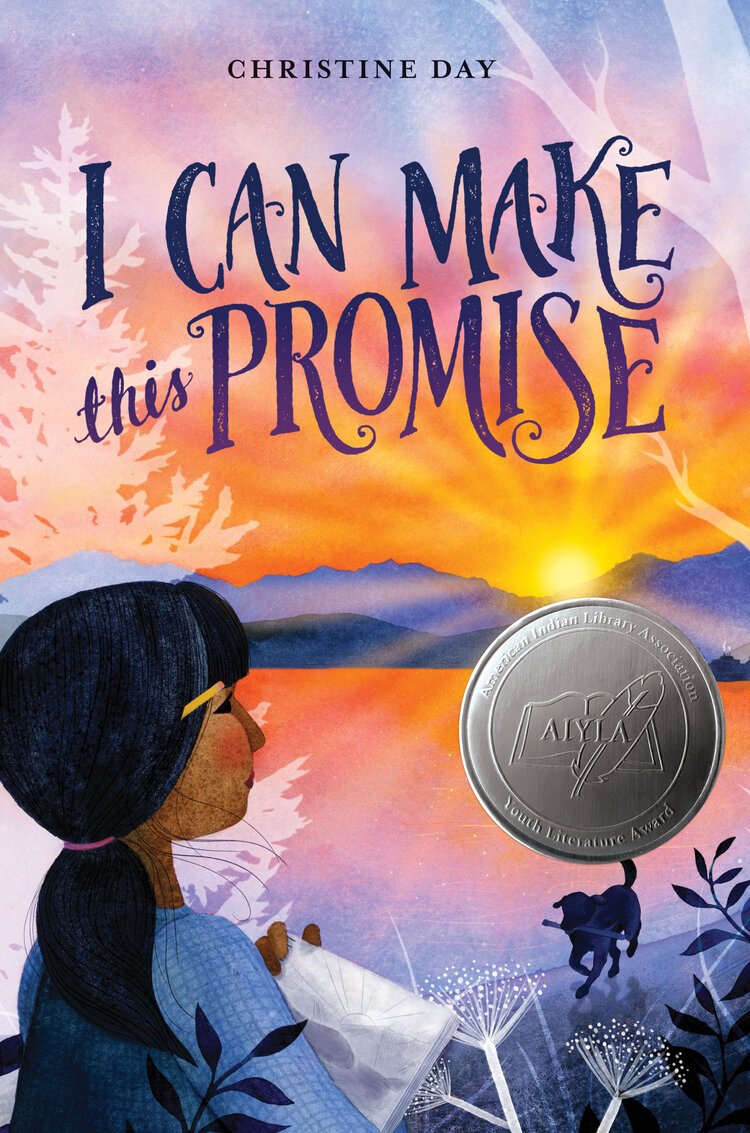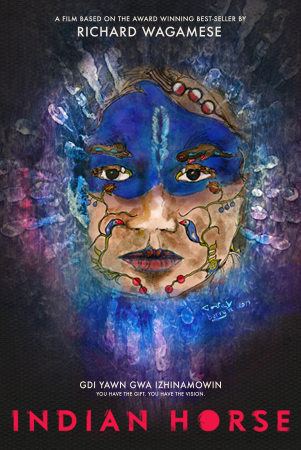The Terrible Legacy of Residential Schools: A Reading List
In 1996, the last Residential school, Gordon Residential School in Punnichy, Saskatchewan, closed—ending the active assimilation of Indigenous children into Euro-Canadian culture via these horrific facilities.
Qi Creative operates on the traditional territories of the many First Nations, Métis, and Inuit peoples in Alberta, and we express respect and gratitude for the land we use in living and raising ourselves and our families.
In working with youth of all abilities in their homes, schools and varying urban, rural, and residential communities, we hope our actions over time reflect continuing efforts to end systemic racism and advance reconciliation and collaboration with Indigenous peoples across the province and the country.
Part of our continued work and growth in supporting Indigenous people in Canada includes education, support, and promoting equity and justice.
What are Residential Schools?
Residential schools were educational institutions that were funded by the government and operated by religious organizations in Canada.
The residential school system was in operation from the late 19th century until the mid-20th century, and was designed to assimilate Indigenous children into Canadian society by separating them from their families and communities.
The last residential school in Canada closed in 1996, and in 2008, the government of Canada apologized for the harm caused by the residential school system and established a compensation program for survivors.
Impact of Residential Schools
Children who attended residential schools were often forcibly removed from their homes and placed in these schools, where they were required to speak English, practice Christianity, and adhere to the rules and regulations of the school.
Many children who attended residential schools experienced physical, emotional, and sexual abuse, as well as neglect, and were not allowed to maintain their cultural practices or speak their native languages.
The residential school system had a profound and lasting impact on Indigenous communities in Canada, and has been recognized as a form of cultural genocide by the Canadian government.
A Reading List about Residential Schools
Stories and storytelling has, and will always remain, an important medium to educate Canadians of all ages and backgrounds about Residential Schools and their horrific impacts on generations of Indigenous people across the country.
Below, we have a collection of books, each with and by Indigenous creators.
Beyond published reports and calls to action to acknowledge colonial violence of missing and murdered Indigenous women and girls (MMIWG) and systemic outcomes of Residential Schools, we are all responsible for continuing to work towards and achieve equitable safety for all Canadians.
Dear Canada, These Are My Words: The Residential School Diary of Violet Pesheens by Ruby Slipperjack
Broken Circle by Ted Fontaine
Indian Horse by Richard Wagamese
Up Ghost River by Edmund Metatawabin
I Can Make This Promise by Christine Day
Amik Loves School by Katherena Vermette
Betty: The Helen Betty Osborne Story by David A. Robertson
7 Generations: A Plains Cree Saga by David A. Robertson
I’m Finding My Talk by Rebecca Thomas
Moon of the Crusted Snow by Waub Rice
I Lost My Talk by Rita Joe
They Called Me Number One by Bev Sellers
Speaking Our Truth by Monique Gray Smith
The Education of Augie Merasty by Joseph Auguste (Augie) Merasty
One Story, One Song by Richard Wagamese
Five Little Indians by Michelle Good
As Long as the Rivers Flow by Larry Loyie
Sugar Falls: A Residential School Story by David A. Robertson
Phyllis’s Orange Shirt by Phyllis Webstad (Founder of Orange Shirt Day)
Stolen Words by Melanie Florence
Not My Girl by Christy Jordan-Fenton and Margaret-Olemaun Pokiak-Fenton
The Marrow Thieves by Cherie Dimaline
Fatty Legs by Christy Jordan Fenton & Margaret Pokiak-Fenton
My Name is Seepeetza by Shirley Sterling
The Train by Jodie Callaghan
In Search of April Raintree by Beatrice Mosionier
More Resources about Residential Schools:
The Residential School System - University of British Columbia
Residential School History - National Centre for Truth and Reconciliation
The Residential School System - Government of Canada
Residential Schools Settlement - Official Court Notice of 2006
An Overview of the Indian Residential School System - Union of Ontario Indians
